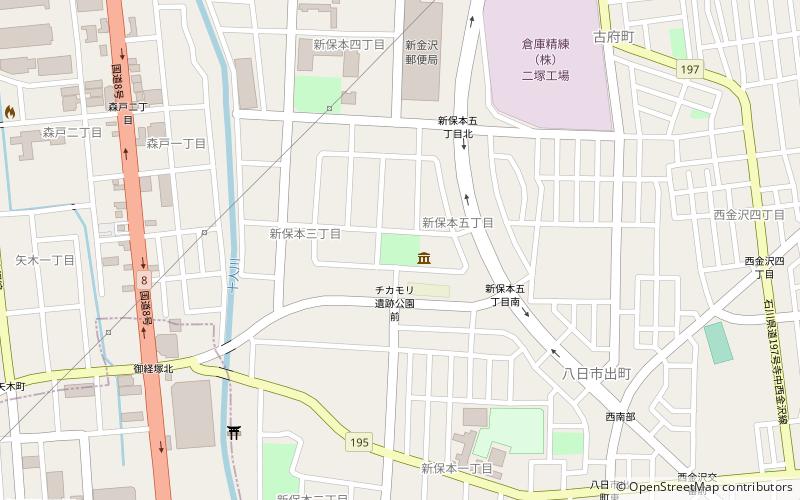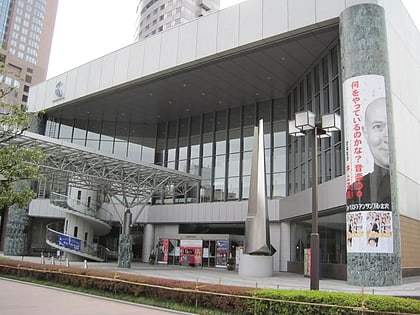Chikamori Site, Kanazawa


Facts and practical information
The Chikamori Site, located in the city of Kanazawa, Japan, is an archaeological site of significant historical importance. It is a testament to the Jomon period, a time that dates back to between 14,000 and 300 BCE, providing an invaluable glimpse into the prehistoric era of Japan.
This site, uncovered during an archaeological excavation in 1998, has revealed a wealth of information about the Jomon people's way of life. The Chikamori Site is particularly noted for its well-preserved remains of pit dwellings, pottery shards, and stone tools. These artifacts suggest a community engaged in hunting, fishing, and gathering, with a developed culture that created intricate pottery and stone implements.
The Jomon period is characterized by its pottery, which is among the oldest in the world. The remnants found at the Chikamori Site include examples of this pottery, which is distinguished by its rope-patterned markings, hence the term "Jomon," meaning "cord-marked" in Japanese.
Today, the Chikamori Site is an important cultural property and serves as an educational resource for those interested in the ancient history of Japan. It is a place where one can step back in time and imagine the lives of people thousands of years ago. The site is not just an archaeological treasure but also a reminder of the enduring human presence in the region.
Kanazawa
Chikamori Site – popular in the area (distance from the attraction)
Nearby attractions include: 21st Century Museum of Contemporary Art, Kanazawa Castle, Oyama Shrine, Okyōzuka Site.
Frequently Asked Questions (FAQ)
How to get to Chikamori Site by public transport?
Train
- Nishi Kanazawa (24 min walk)
- Shin Nishi Kanazawa (27 min walk)











